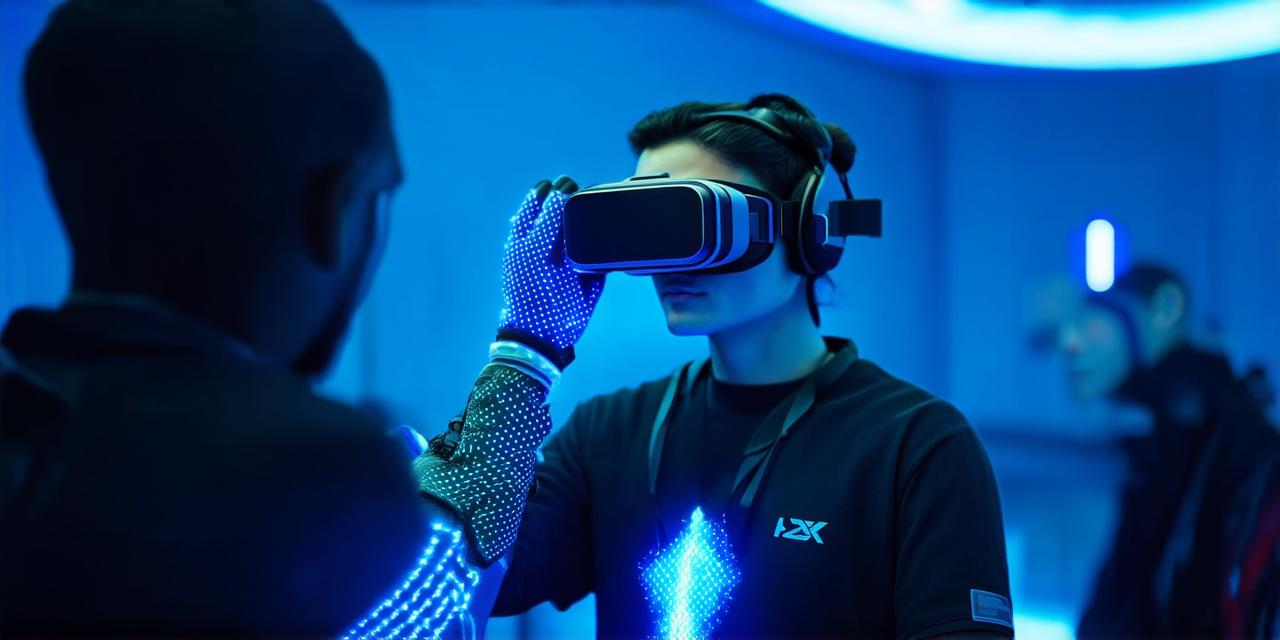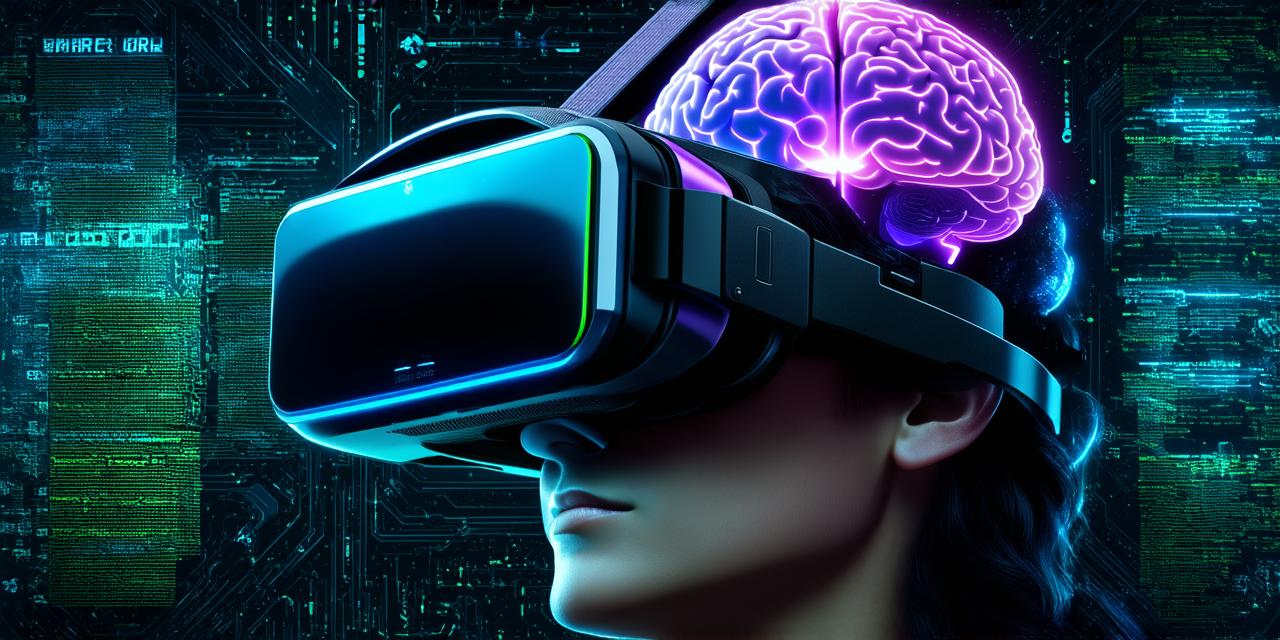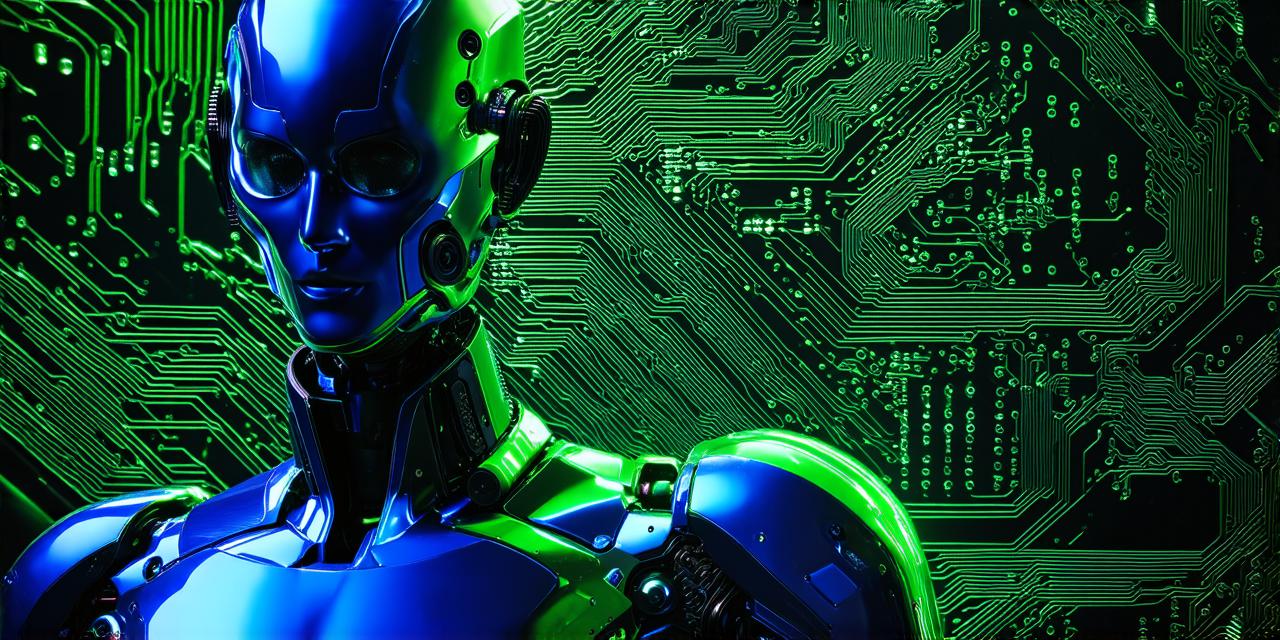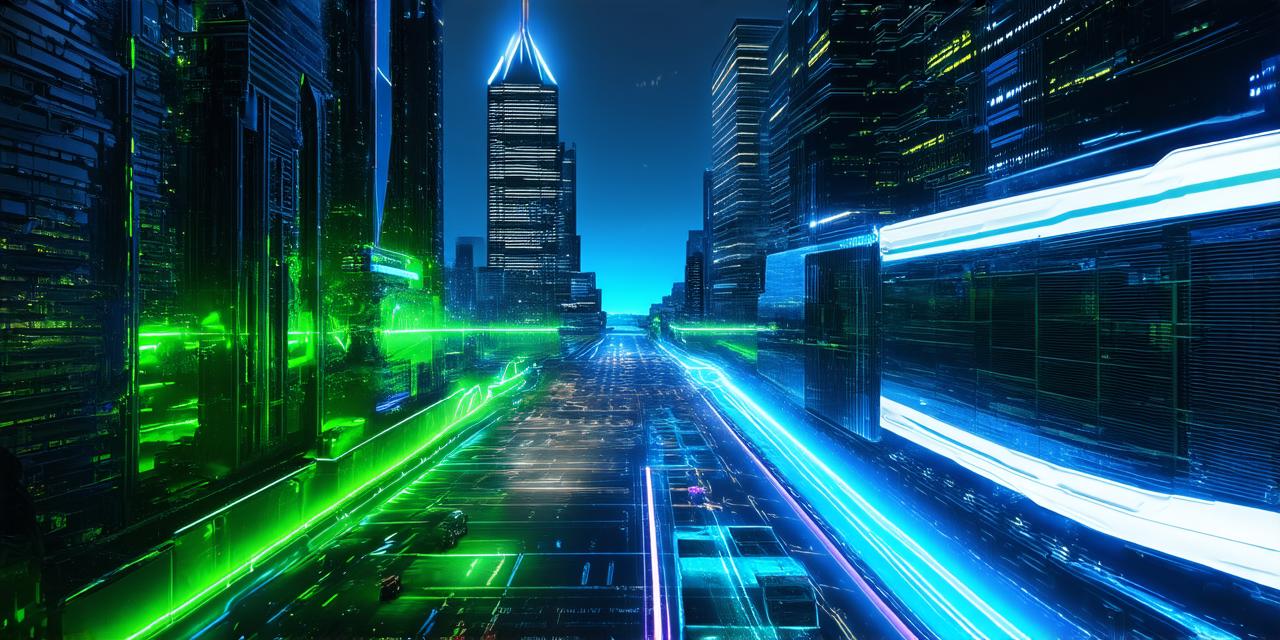The world of technology has been evolving at an unprecedented pace, giving birth to innovations that have changed the way we live, work, and interact with one another. One such innovation is virtual reality (VR), a technology that has garnered immense attention in recent years due to its potential to revolutionize various sectors.
What is Virtual Reality?
Virtual reality is a computer-generated simulated environment that allows users to interact with and experience a three-dimensional world as if they were actually present in that environment. It uses specialized hardware and software to create an immersive experience for the user, who wears a headset or other device that tracks their movements and adjusts the virtual environment accordingly.
The concept of virtual reality dates back to the 1960s, when researchers first began experimenting with ways to create simulated environments for military training purposes. However, it wasn’t until the early 21st century that VR technology became commercially viable and accessible to a wider audience.
How does Virtual Reality work?
Virtual reality works by presenting the user with a three-dimensional environment that is generated by a computer. This environment is made up of a series of interconnected objects, each of which is represented by a set of data points that determine its position, shape, and texture.
When the user dons a VR headset or other device, sensors track their movements and adjust the virtual environment accordingly. For example, if the user moves their head to look around, the virtual world will shift and change in response, giving the impression of movement.
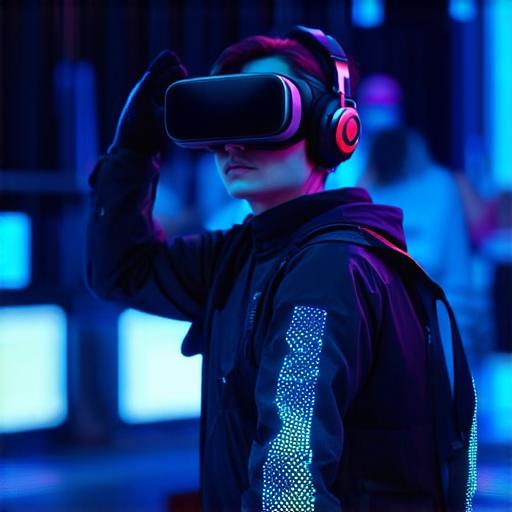
In addition to tracking movement, VR devices also use specialized software to render the virtual environment in real-time. This software takes into account the user’s position and perspective, as well as other factors such as lighting and sound, to create a highly immersive experience.
Applications of Virtual Reality
Virtual reality has the potential to revolutionize a wide range of industries, from entertainment and gaming to healthcare and education. Some of the most promising applications of VR include:
- Gaming and entertainment: With VR, gamers can fully immerse themselves in a virtual world, giving them a level of interaction and engagement that was previously impossible.
- Healthcare: Virtual reality can be used to simulate medical procedures, allowing doctors and nurses to practice and perfect their skills in a safe and controlled environment. It can also be used to treat patients who suffer from conditions such as PTSD or anxiety by exposing them to virtual environments that trigger their symptoms.
- Education: VR can be used to create immersive learning experiences that allow students to explore and interact with complex concepts in a way that is not possible with traditional classroom instruction. This has the potential to revolutionize the way we teach and learn, making education more engaging and effective.
- Architecture and design: Virtual reality can be used to create highly detailed and accurate models of buildings and other structures, allowing architects and designers to test and refine their designs before they are built. It can also be used to give clients a realistic glimpse into what a finished project will look like, helping them make more informed decisions.
- Training and simulation: Virtual reality can be used to create highly realistic training simulations for a wide range of industries, from military and aviation to construction and manufacturing.
